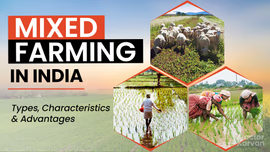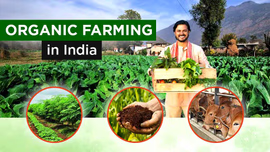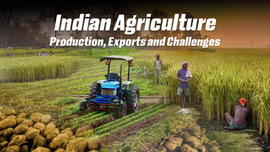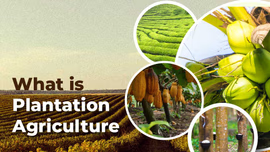Top 10 Rice Varieties in India: Key Features and Characteristics

Table of Content
Introduction
India is a land of specifies and a well-known name in the world for its rich varieties of rice. Rice is one of the major Kharif crops sown in the month of June and cultivated in October. It is an important part of people's diet in India.
India exports several varieties of rice globally. The major types exported globally are Basmati and non-basmati. India's rice production has increased by 25.33 million metric tons in 2021-22 over the last five years. The country's rice exports witnessed a growth of 9% in 2021-22 compared to the previous year. Rice cultivation in India is done in different states and regions. The major rice-producing states in the country are West Bengal, Uttar Pradesh, Punjab, and many others. Let's discuss the top rice varieties grown in India.
Top 10 Rice Varieties Grown in India
There are numerous rice varieties found in India. There are some varieties that have become popular over time because of their distinct flavours. The top 10 rice varieties in India are:
Basmati Rice
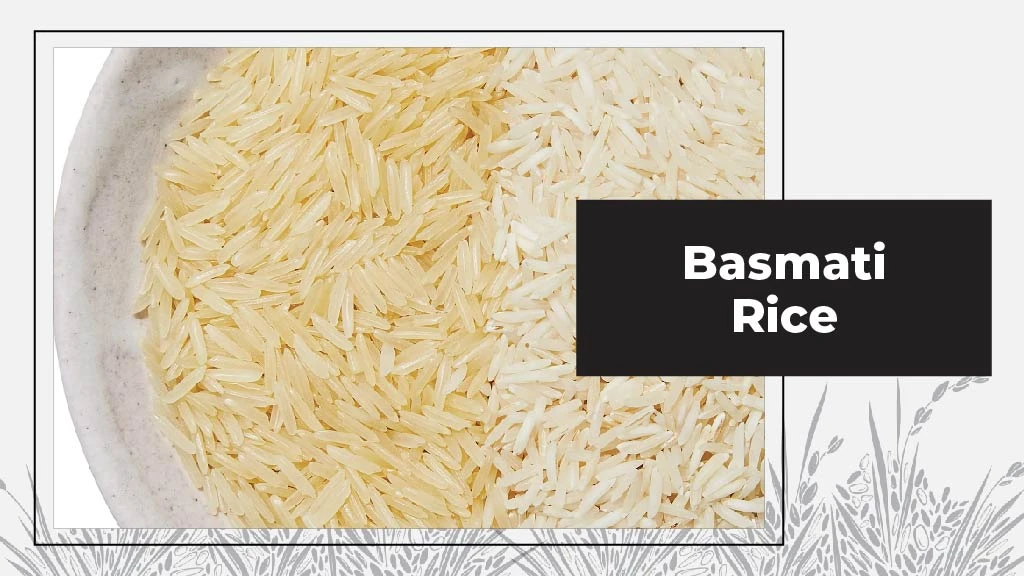
No exploration of Indian rice varieties is complete without the mention of the world-famous Basmati. Basmati rice is primarily grown in the Himalayan foothills and is often referred to as the "King of Rice". It is the best rice variety in India. Basmati is a staple in biryanis and other rice dishes because of its long grains, delicate aroma, and fluffy texture. Its global recognition and unique qualities have earned it a Geographical Indication status, ensuring that only rice grown in specific regions can bear the popular Basmati name. Punjab cultivates the majority of the country's total basmati rice.
Ambemohar Rice
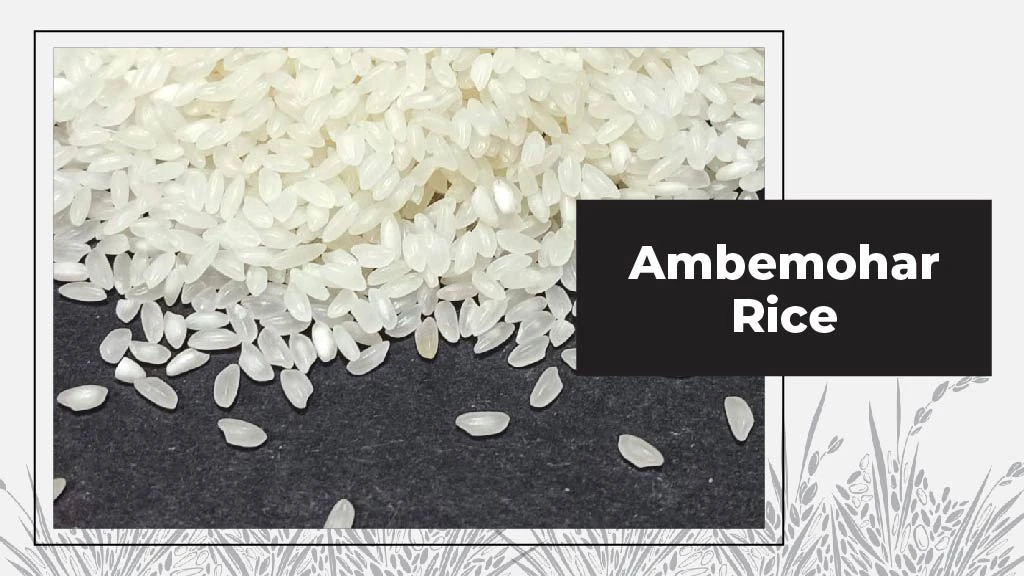
Ambemohar means mango blossom in Marathi. It is a fragrant rice variety that originates from Maharashtra. This rice variety is famous for its distinct aroma reminiscent of mango blossoms and is often used in traditional Maharashtrian sweets and biryanis. It is one of the best aromatic rice in India. The small grains and unique fragrances make Ambemohar a favourite among authorities looking for a delightful sensory experience.
Kalanamak Rice
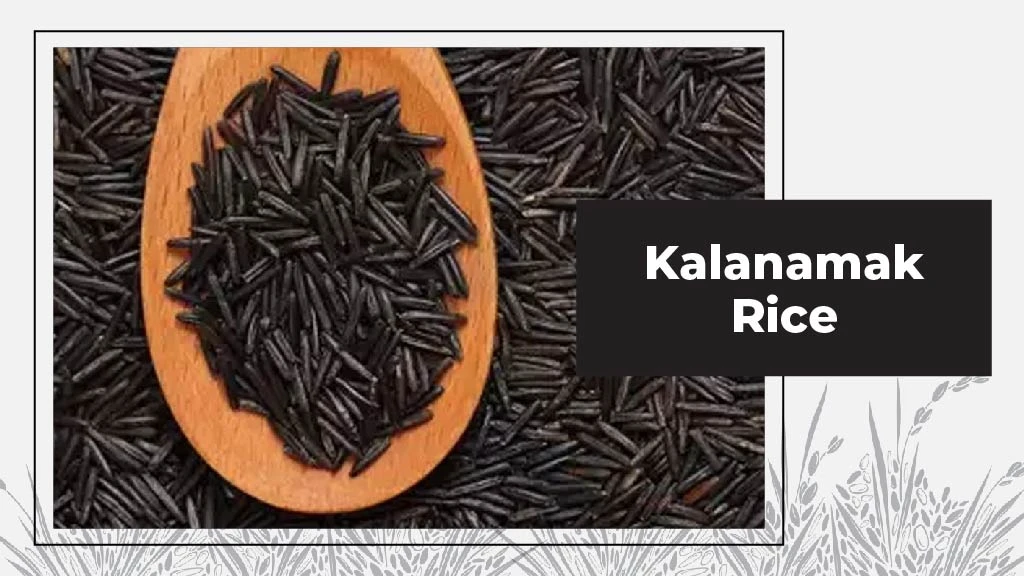
Kalanamak rice is famous for its aromatic, long grains and unique black husk. It is widely grown in the fertile plains of Uttar Pradesh. This rice variety is often referred to as "Buddha Rice." It has a rice nutty flavour and is an important ingredient in the region's pulaos and biryanis. The rarity and exquisite taste of Kalanamak rice have made it a Geographical Indication (GI) product.
Navara Rice
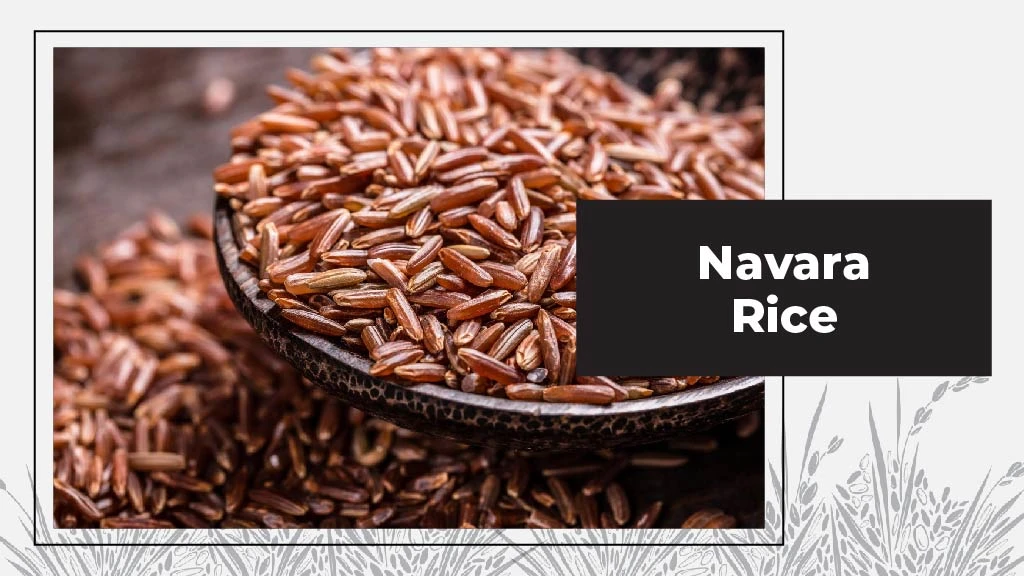
Navara rice is a traditional and medicinal variety widely grown in the southern state of Kerala. It is famous for its red grains and distinct earthy flavour and is often used in Ayurvedic preparations. That is the reason it is called "rice that cures." This rice variety is believed to have therapeutic properties and is used to make nutritious gruel called "Karkidaka Kanji." It showcases the range of Indian rice in taste and in its cultural significance. India mainly exports Navara rice to UAE, Qatar, and Oman.
Joha Rice
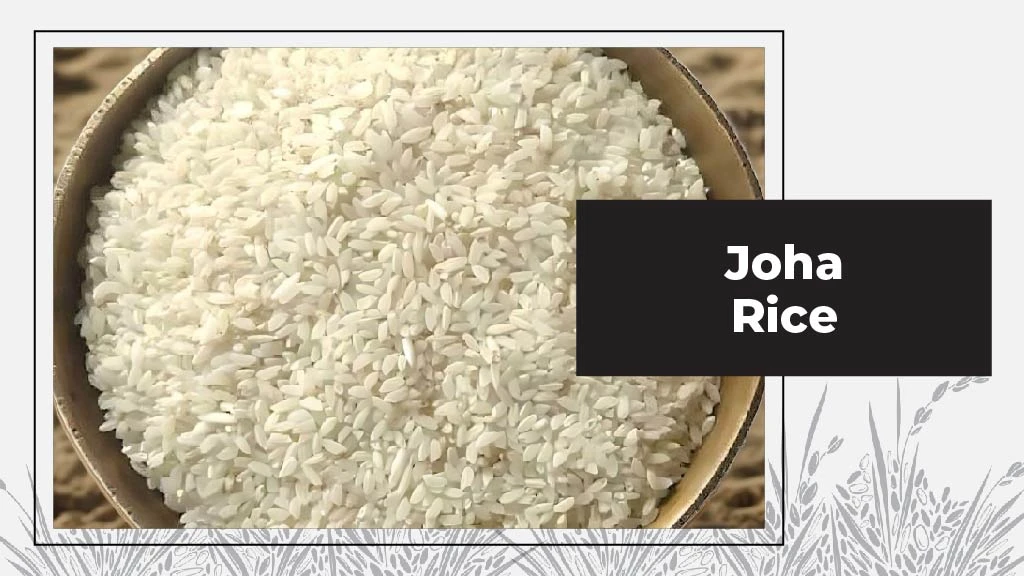
Joha is a short-grain rice widely known for its sweet fragrance, high antioxidants, and tender texture. It is widely grown in the northeastern state of India Assam. Joha rice is often used in Assamese sweets and pulaos, and it is a local favourite.
Pallakadan Matta Rice
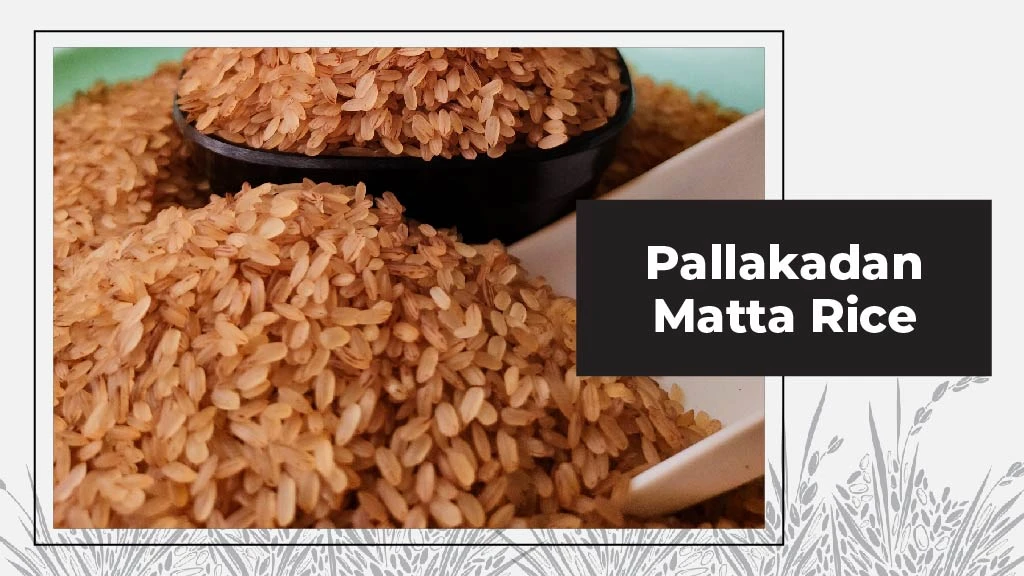
This rice variety is also called Kerala Red rice or Rosematta Rice. It is a staple food in Kerala households. It is a nutritional powerhouse, which is described by its reddish-brown colour and nutty flavour. It is a rich source of fibre and antioxidants and a popular choice for those looking for a healthier eating option. It is an important ingredient in traditional Kerala dishes because of its unique colour and taste. It is widely exported to countries like the USA and UAE.
Pokkali Rice
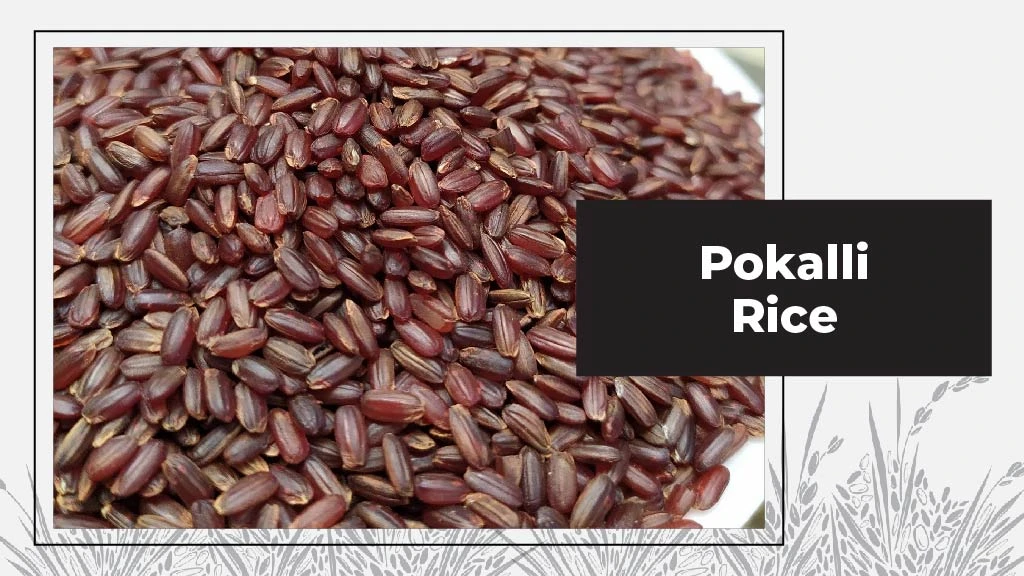
Pokkali Rice is an eco-friendly and saline-tolerant variety of rice, widely known as "Clever Man's Rice." It is grown in the coastal regions of Kerala and has been cultivated for more than 3000 years in an organic manner. Its ability to thrive in brackish water makes it suitable for areas with high salinity. It is used in traditional dishes such as Nei Choru (ghee rice).
Sona Masuri Rice
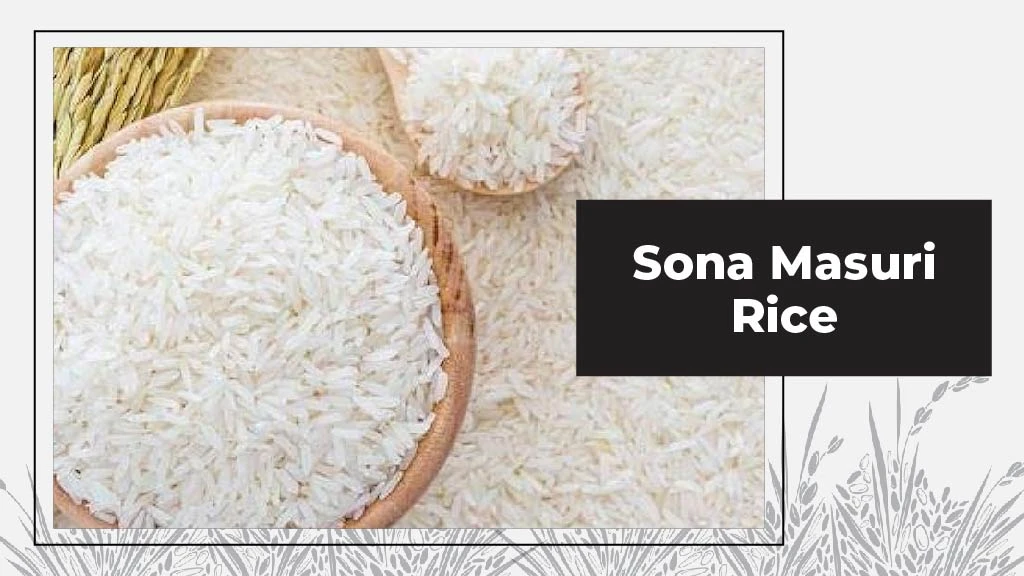
It is a medium-grain rice variety which is grown in the southern states of Andhra Pradesh and Telangana. Sona Masuri is a popular choice for everyday cooking because of its aromatic fragrance and fluffy texture. It is quite common in South Indian kitchens and can be eaten with a wide range of dishes. It is a reliable and flavourful option because of its versatility and ease of cooking.
Seeraga Samba Rice
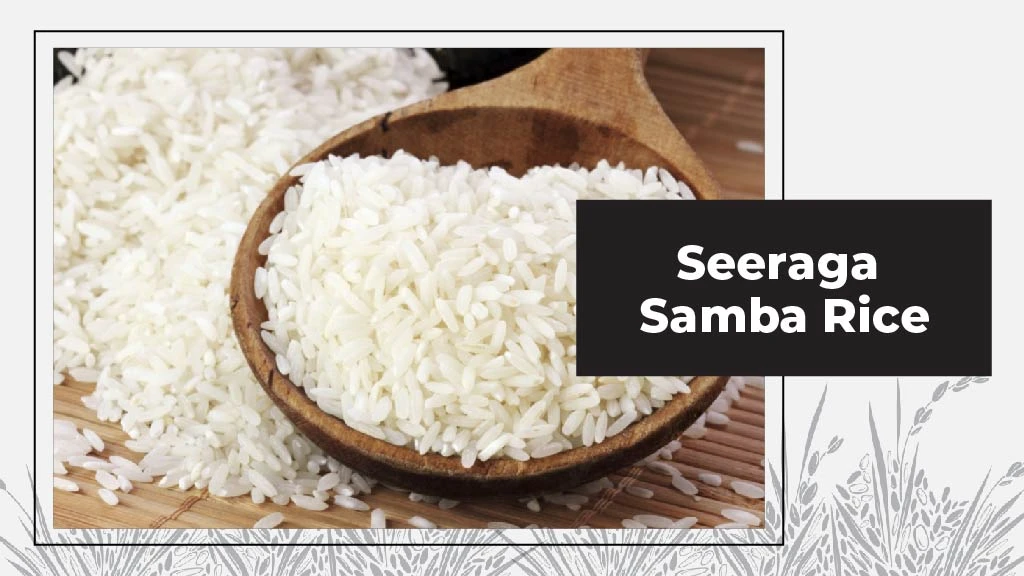
This rice variety is famous for its small, rough structure and unique fragrance. It is widely cultivated in the areas of Tamil Nadu. The word Seeraga means jeera or cumin, which highlights the unique aroma of this rice variety. It is commonly used in making biryanis and gives the dish a delicious flavour.
Ponni Rice
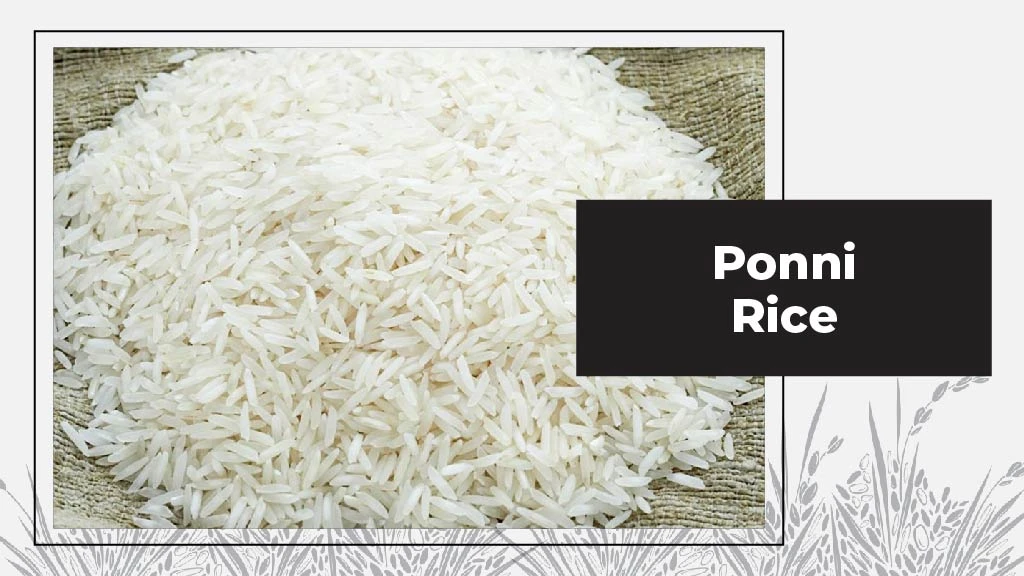
It is a medium-grain variety of rice famous for its fluffy texture and ability to absorb flavours. It is cultivated in the fertile plains of Tamil Nadu. It is widely consumed in Southern India and used in making dishes like dosas and idlis.
Frequently Asked Questions On Top 10 Rice Varieties in India: Key Features and Characteristics
1. How many types of rice in India?
There are more than 2,00,000 rice varieties in India.
2. How many types of Basmati rice are there in India?
Under the Seeds Act 1966, there are 45 varieties of Basmati rice in India.
3. Which is the best quality rice in India?
Basmati rice is the best quality rice in India.
4. Why is Basmati rice called the king of rice?
Basmati rice is called the king of rice because of its long grains, delicate aroma, and fluffy texture.


Related Blogs
